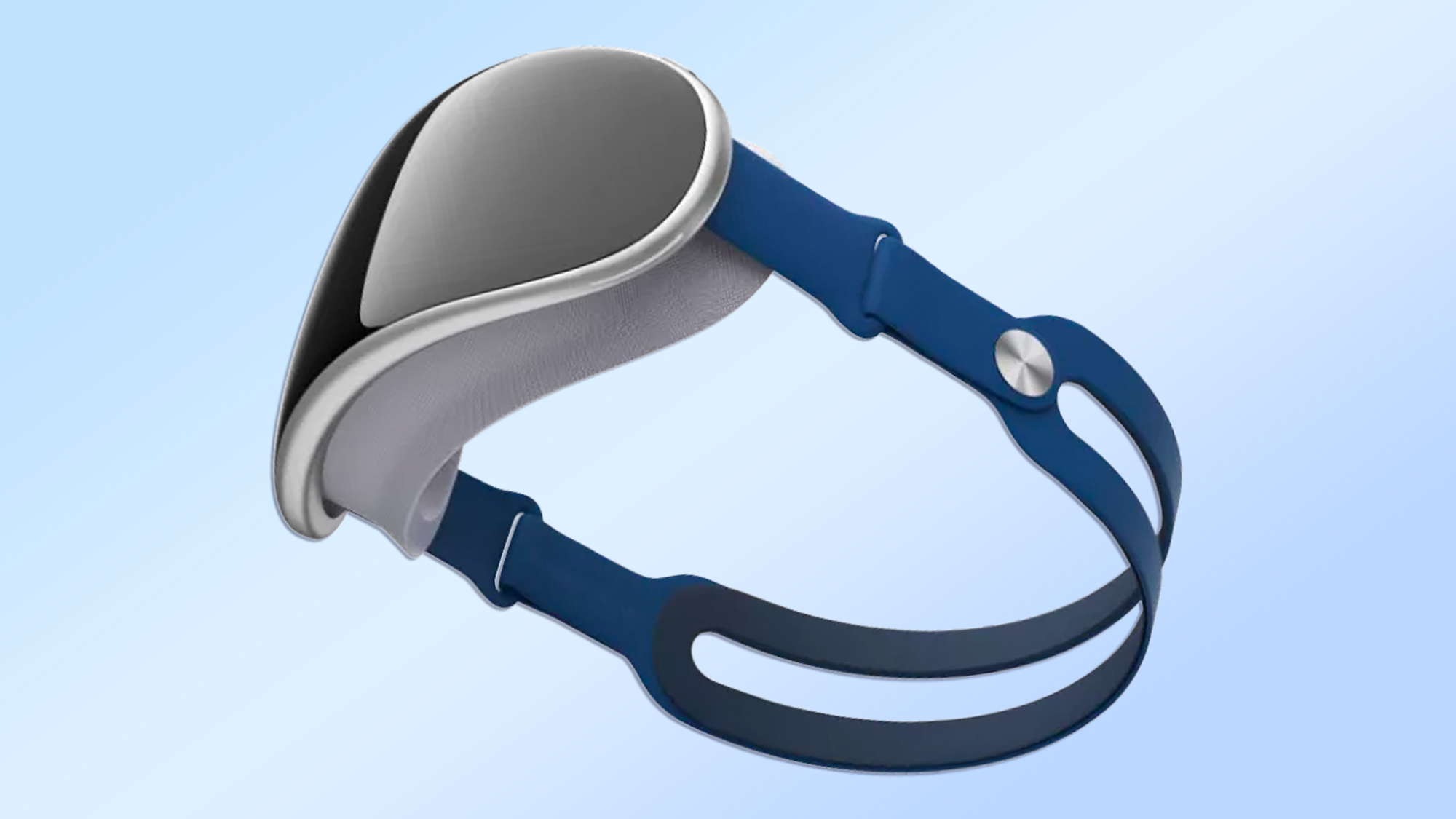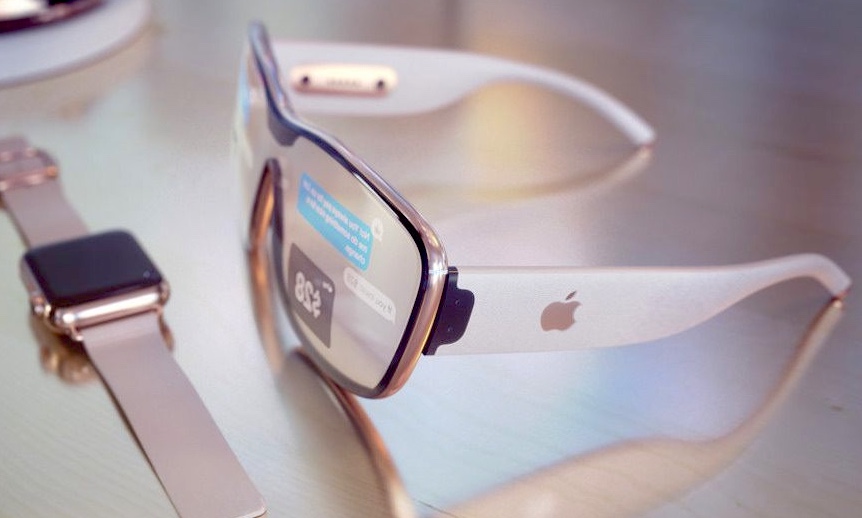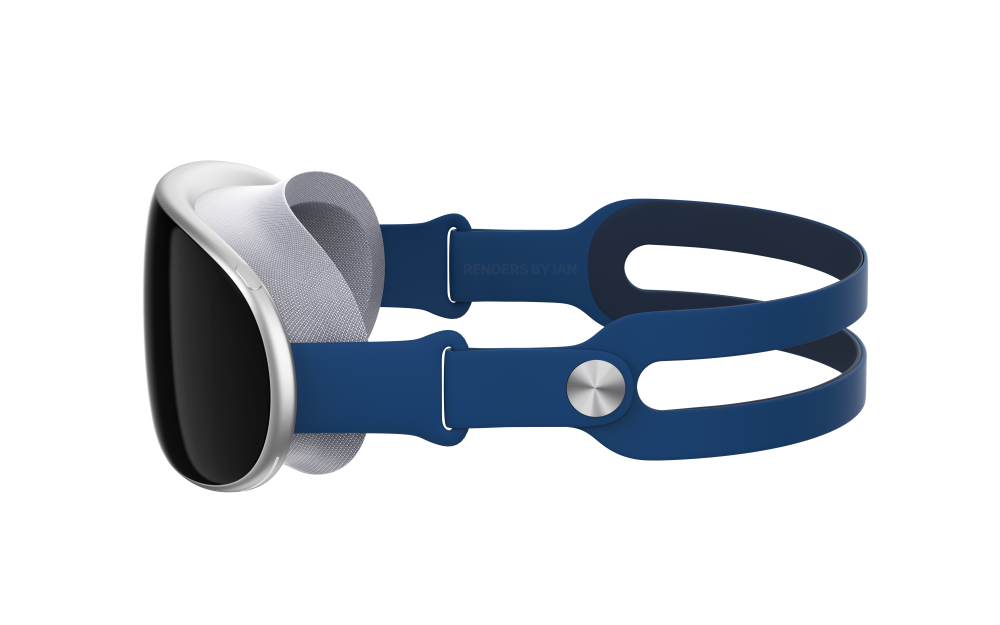Tim Cook teases Apple VR/AR headset strategy in new interview

Update: Future Apple VR/AR headset just tipped for breakthrough display.
Despite some high expectations, any mention of an Apple VR/AR headset was notably absent from WWDC 2022. Apple CEO Tim Cook must have noticed, too, because on June 21 he sat down with China Daily USA and said to “stay tuned” to see what Apple has to offer.
While this offers very little in the way of concrete information, the interview was not without some insights. First, the interview focused largely on AR, not VR. While this may have merely been an oversight on the part of the interviewer or Cook, it feels very intentional.
Cook specifically highlighted the “over 14,000 ARKit apps in the [Apple] App Store,” so the interview seems particularly designed to focus on the future of AR rather than VR. Cook has shown a preference for AR in the past, so this is not a huge shock.
In this @ChinaDailyUSA interview, @tim_cook was asked about AR and VR headsets...watch his response... Reality 🥽 is coming@mingchikuo @Scobleizer @CharlieFink @SkarredGhost @CapStark7 pic.twitter.com/tJz5j9dBVBJune 22, 2022
Apple VR/AR: What is the difference between VR and AR?
Without getting into the finer details, the main difference between VR and AR is the immersion experienced by the user. VR (virtual reality) is a completely immersive experience that transports the user into a wholly digital world. There are currently a few VR headsets on the market, largely focused on gaming. The Oculus Quest 2 is currently our best VR headset available.
AR (augmented reality) instead focuses on adding digital function to your physical reality. A couple of examples of AR devices are the Snap Spectacles or Alphabet’s rumored Google Glass sequel. These allow wearers to add digital overlays, such as a photo filter, over what they are able to see with their own two eyes.

There is also MR (mixed reality), which takes aspects of both VR and AR and combines them into one device. Microsoft Hololens 2 is currently the leading example of this format, but the new Apple headset is rumored to be an MR device as well.
Get instant access to breaking news, the hottest reviews, great deals and helpful tips.
Meta is also working on a number of mixed reality headsets, including Project Cambria. And just this week Mark Zuckerberg showed off some prototype VR headsets to demonstrate where this nascent category could go.
Apple VR/AR: What we know so far
While there has been no official announcement from Apple regarding its VR/AR mixed reality headset, we do have some rumors regarding the device.
First, this VR/AR headset is not the same as Apple Glasses. Apple Glasses is a separate rumored hardware project that will be an AR-only device. Expect these to be a direct competitor to the next Google Glass if both devices are released to consumers.

Second, while this is a VR/AR mixed reality headset, it is not expected to tie into the metaverse. Cook said in the China Daily USA interview that “The critical thing to any technology including AR is putting humanity at the center of it, and that is what we focus on every day." Users are expected to be able to use the Apple VR/AR headset for communication, content consumption and gaming, but the headset is not intended to replace real life.
Currently, rumors have the Apple VR/AR headset with a release window of sometime in 2023, possibly in the second quarter of next year. They are also expected to carry a hefty price tag, possibly in line with the $3,500 price of Microsoft Hololens 2. While this may be out of reach for many consumers, the VR/AR headset may be part of a more accessible mixed reality ecosystem. Apple is rumored to be trademarking realityOS, which could be used across multiple devices including Apple Glasses and the rumored Apple VR/AR headset.

Malcolm has been with Tom's Guide since 2022, and has been covering the latest in streaming shows and movies since 2023. He's not one to shy away from a hot take, including that "John Wick" is one of the four greatest films ever made.
